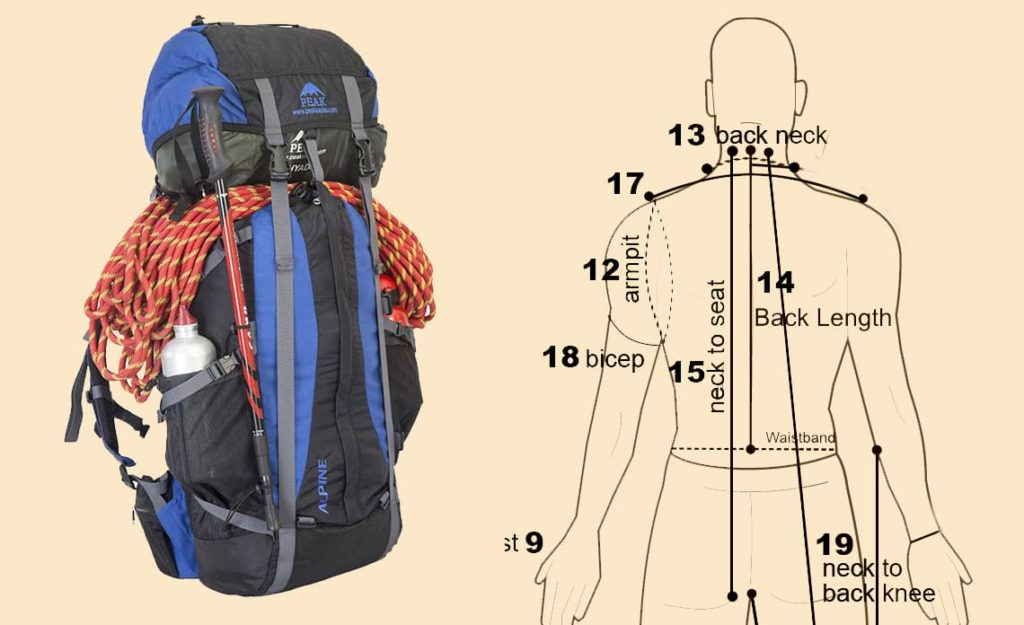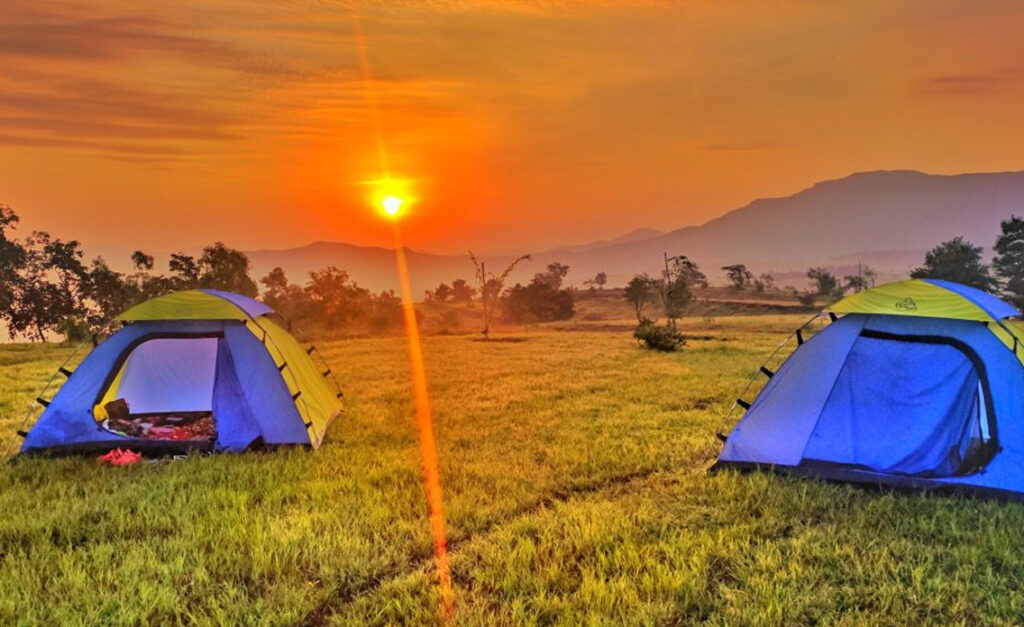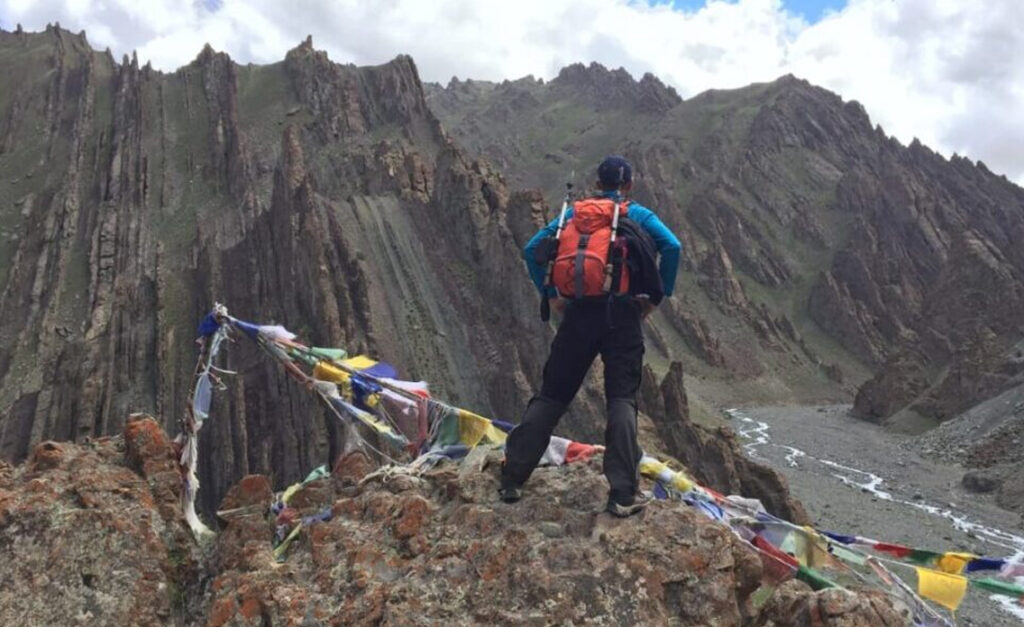Choosing a Sleeping Bag
A Sleeping Bag is a very important and essential equipment for a trekker and mountaineer in the outdoors.
Selecting the right sleeping bag according to your requirement and activities is very important.
Given below are some factors that would guide you when choosing a Sleeping Bag.
- Temperature: Sleeping bags are manufactured with varying insulations to cater to different temperatures. In the Sahyadris, a sleeping bag with medium filling would suffice. However for the Himalayas you would require a heavy fill sleeping bag.
Choose a bag warmer than the approximate temperatures that you are likely to encounter in your trek/expedition.
- Shape: There are 2 main types. a)Mummy: This type is always preferred by trekkers and mountaineers as it is sleeker and offers more warmth to weight ratio. Broad at the shoulders and tapering towards the toes, this design construction offers better insulation. b)Rectangular: This shape is preferred by those who want more space, roominess and free foot movement. These bags generally have full length zippers that after opening completely can also serve as a quilt.
- Type of Fill: Fills that go inside a Sleeping Bag can broadly be classified into Featherfill or Synthetic Fibrefill. Feather fill or DuckDown/Goose Down Sleeping Bags are very warm, breathable as also compact and recommended for sub zero temperatures and extreme conditions. On the other hand this insulation does not work as well when wet and comes with a high price tag. Synthetic Fibres like Hollow fibre, microfiber, short staple and continuous filament are some of the kinds generally used in sleeping bags. They are more economical, dry faster and retain most of their warmth even in damp conditions. Sleeping Bags with this fill are a little less warm for their weight than Down sleeping bags.
- Volume: The more the volume of a sleeping bag, it indicates a higher level of fill and consequently greater warmth.
Some people being weight conscious prefer to carry light weight compact sleeping bags and are ready to face a cold night.
On the other hand some people don’t mind a heavier bag with good insulation but they would not want to compromise on their comfort and warmth when sleeping.
- Material: Outer Shell of the Sleeping Bag is generally of Nylon or Polyester with a water repellent coating for durability.
Inner Shell is made of a breathable fabric.
Warmth Factors
A Sleeping Bag works with other factors to give you warmth.
It creates dead/trapped air (non circulating air) around the body.
This is warmed by your own body heat and the Sleeping bag acts like a barrier between this air and the cold air outside.
A few simple tips to give you a good night’s sleep
- Use of a Carry Mat: A good carry mat under your sleeping bag will not only act as a cushioning agent but will also provide the much needed insulation from the ground. In very cold situations/snow, you may also need 2 carry mats under your bag.
- Clothing: What you wear when sleeping can make a difference.
In case you encounter a cold night you can add layers of thermals and warm clothing. A cap/balaclava is essential as it retains your body heat.
- Warm Drink: Keeping yourself well hydrated and having a warm drink before sleeping would help you sleep better.
- Subjective Factors: Each individual’s body composition is unique.
Some people are comfortable with thin insulation while some may prefer more insulation in the same temperature.
For that matter women prefer warmer insulation than men.
Care & Maintenance.
It is important to keep your sleeping bag clean and dry. This helps in maintaining the fabric and the insulation and keeps it odour free.
Sleep in clean clothes. It is advisable to go inside your sleeping bag in clean clothes and not the clothes that you trekked in. This helps in keeping out the dirt and odour.
Using sleeping bag liners. Liners help in keeping your bag clean and also add to the warmth.
Air out and dry your sleeping bag as frequently as possible on your trek. Avoid exposing the sleeping bag for a long time to direct sunlight.
Washing your Sleeping Bag.
Spot Cleaning: Wash the area with a mild soap and toothbrush holding the shell a little away from the insulation to avoid getting it wet. Zippers should also be cleaned, preferably with a soft toothbrush.
Wash your sleeping bag only when absolutely necessary. Hand wash is the best way to wash your bag.
Fill a tub with warm water. Soak your sleeping bag using a very mild non detergent soap. Let the bag soak for some time, rinse gently with your hand. Drain the tub and gently press out any remaining water from the sleeping bag. Rinse the bag with fresh water, making sure that all the soap is washed off.
For drying lay your Sleeping Bag flat on the ground and air dry it in a shaded place. This takes long but will help in keeping the insulation intact. Preferably do not hang the sleeping bag on a line.
Storage: Sleeping bag should preferably be stored loose so that it helps the insulation to maintain its loft.




